Barron County 4-H Poultry Project
The Poultry Project is open to all youth interested in learning about all things poultry! Some families choose to exhibit their birds at the Barron County Fair, while others focus on learning and caring for their flock at home. This page includes information for all project members, with special notes for those who plan to exhibit at the fair.
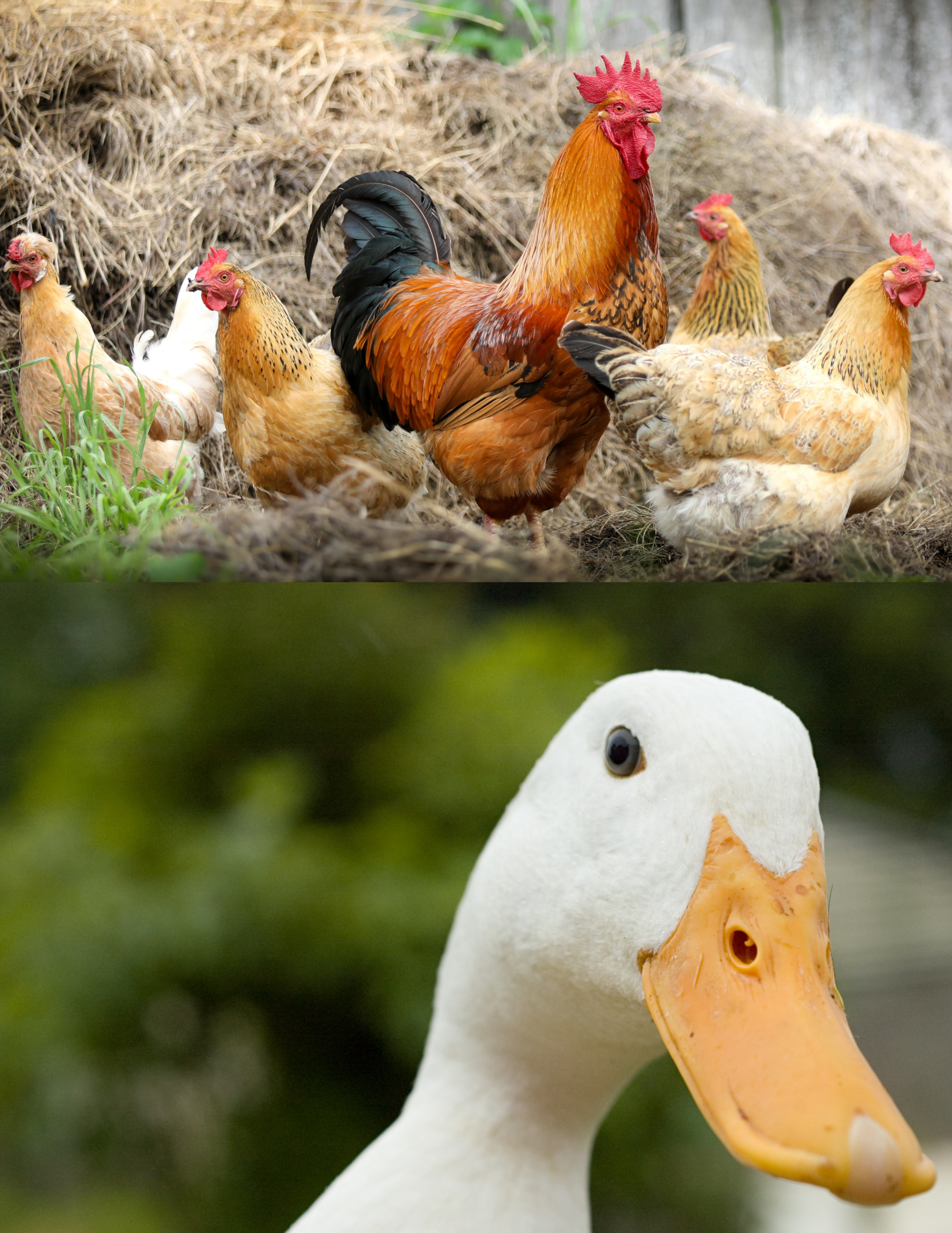

Quick Links
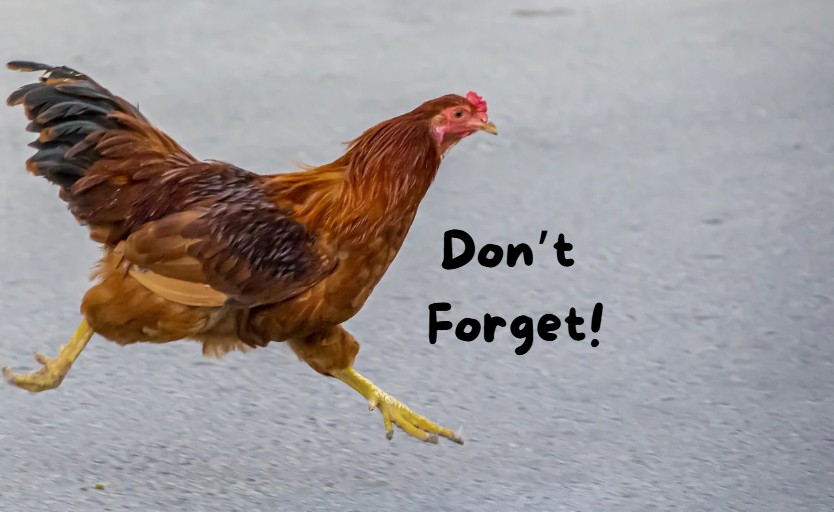
Important Dates
Keep these on your Calendar!
- Pullorum Testing Clinic(s) – required for all poultry entering the fair
- Kick-off Meeting– to be determined
- Committee Meetings – to be determined
- Fair Entry Deadlines – June 20
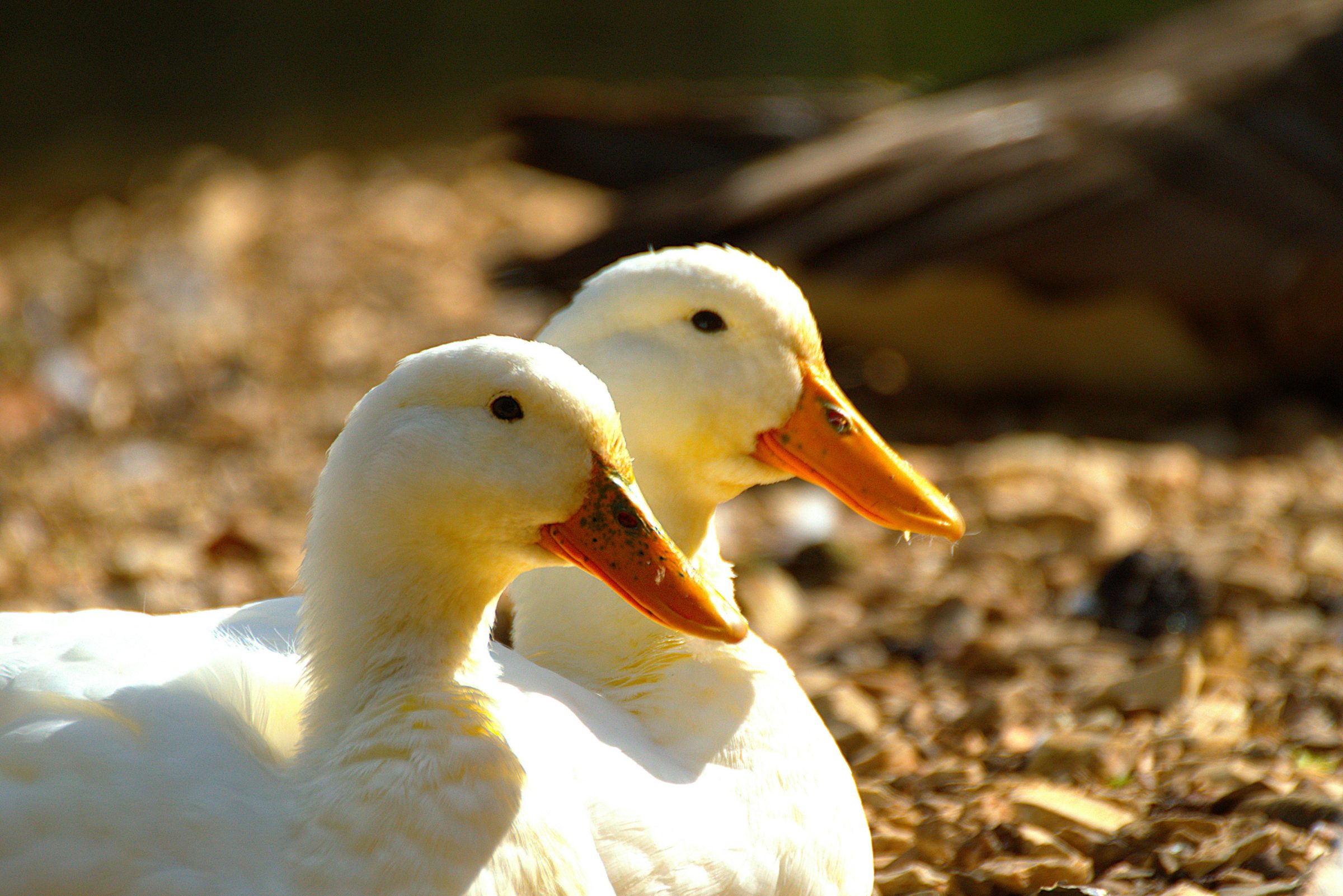
Getting Started
New to Poultry? Start Here!
What to Expect Your First Year – Time, Cost, and Care commitments.
Time Commitments
- Daily chores: feeding, watering, and checking on birds (10–15 minutes per flock, longer as fair approaches).
- Weekly chores: cleaning bedding, refreshing waterers, monitoring bird health.
- Project extras: recordkeeping, preparing for pullorum testing, and practicing showmanship.
Cost Commitments
- Chicks or birds: typically $3–$10 each depending on breed.
- Housing: brooders, heat lamps, bedding, and feeders (first-year costs are usually higher if you’re starting from scratch).
- Feed: starter, grower, or layer feed — budget $15–$25 per bag, with costs increasing as birds grow.
- Show supplies: leg bands, record sheets, and sometimes cages or grooming items.
Care Commitments
- Birds need fresh feed and clean water every day.
- Clean housing is essential for health and to meet fair requirements.
- Birds require gentle handling so they are comfortable during showmanship.
- Families should be prepared for occasional illness or loss — an important part of the learning experience.
Tip for New Families: Start small! A handful of birds is plenty for your first year. You’ll learn the routine, understand the costs, and still have a great fair experience
Important Notes:
If you live in town, be sure to check your local ordinances before getting poultry. Some municipalities have restrictions — for example, Haugen does not currently allow poultry within town limits. Here is a helpful link for you to check your local ordinances.
We also need to emphasize that the 4-H poultry project is only open to youth in grades 3 and older.
Choosing Your Path
The poultry project offers several different directions — each with unique learning opportunities. Families can choose one or try more than one over time:
Exhibition Breeds
- Focus on raising and showing birds that meet American Standard of Perfection breed standards.
- Great for youth who enjoy learning about feather patterns, body type, and breed history.
Egg Production
- Track egg numbers, feed costs, and quality of eggs throughout the year.
- A good option if your family wants both a project and a steady supply of fresh eggs at home.
- Some fairs also offer egg display contests.
Waterfowl
- Ducks and geese are also part of the poultry project.
- A fun choice for youth who want variety and enjoy learning about different care needs.
- Great opportunity to study unique behaviors and exhibit something less common at the fair.
Tip: If this is your first year, start with either egg production or an exhibition breed. They’re easier to manage in small numbers and give youth a strong foundation before moving on to market pens or waterfowl.
Poultry Project Timeline
A month-by-month guide for families entering the Barron County 4-H Poultry Project. Note that some requirements, like Pullorum Testing, are only required if you are going to show your poultry in the Fair.
January – February
- Families begin thinking about project goals (showmanship, exhibition, egg production, or market pen).
- Review Poultry Project Guidelines and Fair Rules.
- Apply for Premise ID (if not already obtained).
March
- Order chicks or start planning for acquiring birds.
- Set up housing: brooders for chicks, or coops for older birds.
- Begin project record book with goals and budget.
April
- Begin raising chicks: proper feed, water, heat, and ventilation.
- Practice safe handling and biosecurity with your flock.
May
- Transition chicks into outdoor housing as weather allows.
- Keep egg and feed logs if participating in production contests.
- Start light handling practice for showmanship.
June
- Pullorum Testing – Find out when/where local testing takes place.
- Fair entries due by county deadline.
July
- Continue care: daily feed/water/cleaning, recordkeeping.
- Prepare birds for fair: washing, training for handling, checking for leg bands.
- Practice showmanship questions with youth.
- Review fair schedule and finalize forms.
Fair Week
- Check-in & Health Inspection – bring Animal Health Form and tested birds.
- Cage setup (feeders, waterers, signage).
- Show Day: breed classes, showmanship, egg contests.
- Daily care and herdsmanship expectations.
- Release and clean-up at the end of fair.
August
- Reflect on project: complete record book, calculate costs and outcomes.
- Write thank-you notes if you participated in market sale or contests.
September
- New 4-H year begins! Re-enroll in 4-H Online.
- Plan goals for next year’s project.
Premise ID and Receipts
Wisconsin requires anyone who keeps livestock — including poultry — to have a Premise ID number. This number helps the state track animal locations in case of a disease outbreak, protecting your flock and others.
How to Get a Premise ID
- Visit the Wisconsin Department of Agriculture, Trade and Consumer Protection (DATCP) Premises Registration page.
- You can register online, by mail, or by phone.
- Registration is free and only takes a few minutes. Once approved, you’ll receive a Premise ID card.
Why It Matters
- Required for poultry exhibitors at the Barron County Fair.
- Ensures quick communication and response if a disease issue arises in your area.
- Keeps your project in compliance with state animal health rules.
Keeping Receipts
- Save receipts for all poultry purchases (chicks, feed, supplies).
- Receipts may be requested at fair check-in and are also helpful for your record book and cost analysis sheets.
- Consider keeping a simple folder or envelope labeled “Poultry Project” to store everything in one place.
Tip: Apply for your Premise ID early in the year so you’re ready well before fair season.
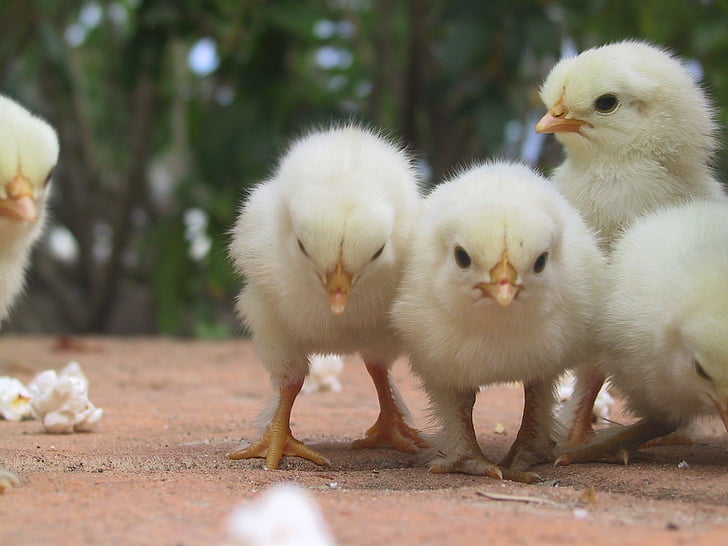
Project Requirements for Showing Birds at the Fair
Everything you should know and do in order to participate in the fair poultry project.
Reminder: the 4-H poultry project is only open to youth in grades 3 and older.
Pullorum Testing
To protect the health of all birds at the fair, pullorum testing is required for certain poultry projects.
2025 Testing Date
- Monday, July 7
- 4:00–6:00 PM
- Poultry Barn, Barron County Fairgrounds
Which Birds Require Testing
- All poultry 4 months of age or older that will be shown at the fair.
- This includes chickens, turkeys, guinea fowl, and game birds.
- Exemptions: Doves and pigeons.
What to Bring
- Your birds in appropriate carriers or crates (ventilated, secure, and labeled with your name).
- Your Premise ID card.
- Receipts from the store or certified hatchery — required if your birds are younger than 4 months and therefore do not need pullorum testing.
- Any required paperwork from the fair book (such as entry forms).
Age Rules
- Birds younger than 4 months of age do not need to be tested but must meet fair entry requirements. Receipts from the store or certified hatchery as proof of purchase are required to bring these birds to the Fair.
- Birds older than 4 months must be tested at the official county clinic to be eligible to show.
Fees
- The county testing clinic is provided at no cost to exhibitors.
- If you are unable to attend the scheduled clinic, you must arrange and pay for private testing by a certified tester, and bring documentation to the fair.
Why Testing Matters
Pullorum is a contagious bacterial disease that can spread quickly in poultry. Testing helps ensure the health of all birds at the fair and keeps projects in line with state animal health regulations.
Important Reminder: Birds that do not have proof of negative pullorum testing will not be allowed to enter the fairgrounds.
Animal Health Best Practices
Keeping poultry healthy protects your birds, other exhibitors’ flocks, and the public who visit the fair.
Transporting Birds
- Use sturdy, well-ventilated carriers or crates with secure latches.
- Provide clean bedding (shavings, straw, or paper) to reduce stress during travel.
- Avoid overcrowding carriers; each bird should have enough room to stand and turn.
- Transport birds during cooler times of day when possible, and never leave them in hot vehicles.
Sick Bird Protocols
- Do not bring sick or injured birds to the fair. Signs of illness include nasal discharge, coughing, sneezing, diarrhea, unusual drooping, or lethargy.
- If a bird becomes sick before the fair, contact the Poultry Superintendent for guidance.
- If a bird becomes sick during the fair, notify a superintendent immediately. Birds showing symptoms may be removed to protect the health of the entire barn.
Fair Health Checks
- All birds will undergo a visual health check at fair check-in, in addition to required pullorum testing documentation.
- Bring your completed Animal Health Form.
- Birds must be clean, alert, and free of external parasites to be accepted.
- Any bird failing the health check will not be allowed to stay on the fairgrounds.
Why It Matters
- Healthy birds are less stressed, easier to handle, and show better in competition.
- Following animal health protocols helps prevent the spread of disease and demonstrates responsible animal care.
Tip: Start checking your birds’ health daily at least a month before the fair so you can spot and address concerns early.
Biosecurity Basics
Good biosecurity means taking simple steps to protect your birds from illness and to keep the fairgrounds safe for everyone’s flocks.
At Home
- Wash your hands before and after handling birds.
- Change shoes or clothes if you’ve been around another flock.
- Keep wild birds and rodents out of coops by using wire mesh and proper feed storage.
- Quarantine new birds for at least 30 days before mixing them with your flock.
Before the Fair
- Only bring healthy, clean birds to the fairgrounds.
- Clean carriers, feeders, and waterers thoroughly before use.
- Label your cages and supplies so they don’t get mixed up with others’.
- Barron County Fair supplies bedding and cages for most birds. Pigeons will need their own cage.
During the Fair
- Do not share feeders, waterers, or grooming supplies with other exhibitors.
- Wash your hands after handling birds — especially before eating or leaving the barn.
- Remind visitors not to touch birds through cages.
- Keep cages clean, with fresh water and bedding daily.
After the Fair
- Quarantine fair birds away from your home flock for at least 30 days.
- Disinfect cages, carriers, and equipment before re-using them at home.
- Monitor all birds closely for signs of illness and contact your superintendent or veterinarian if you have concerns.
Why It Matters
Following biosecurity practices helps prevent the spread of diseases like avian influenza and salmonella, protects your project investment, and keeps the poultry barn safe for exhibitors and visitors alike.
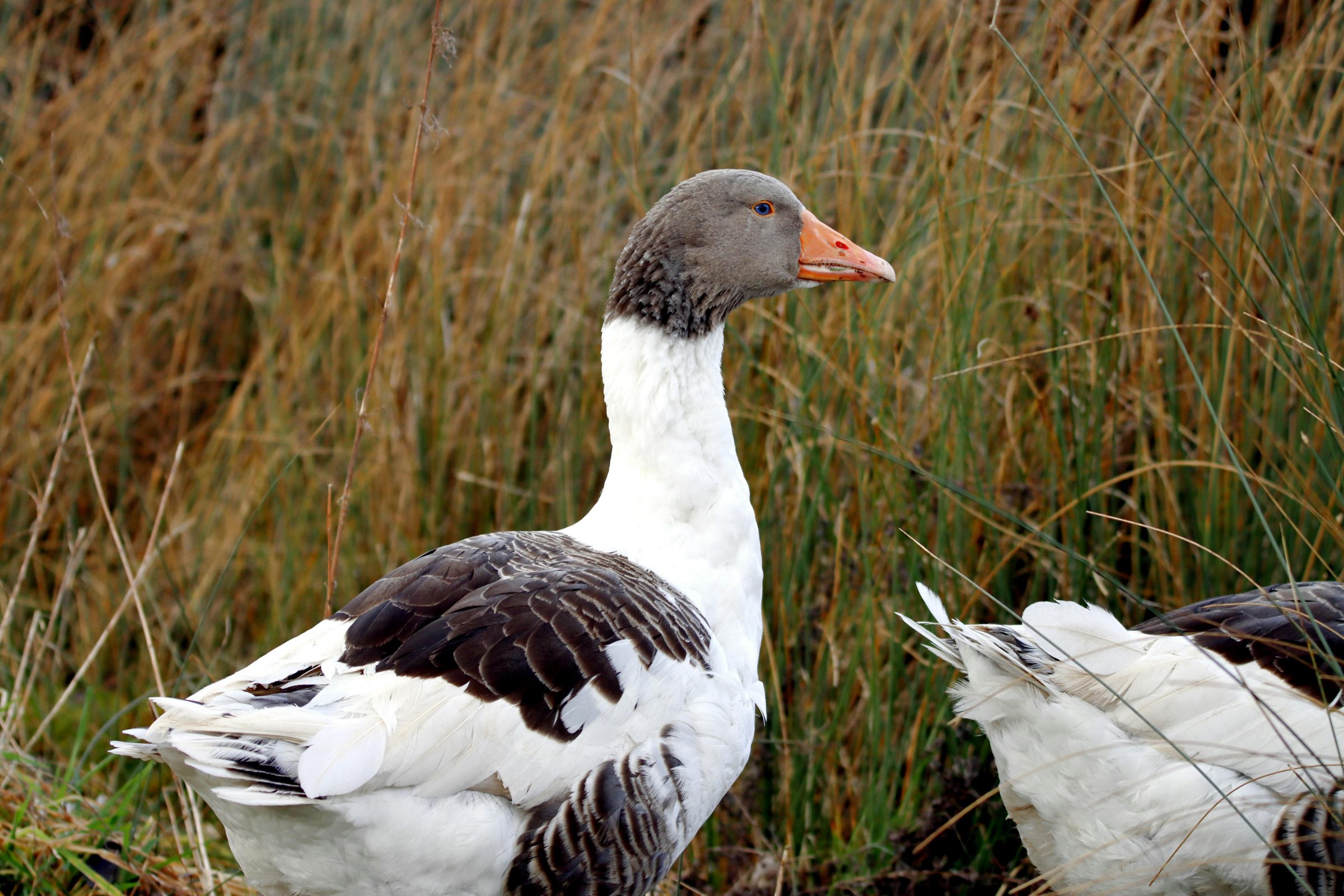
Forms and Downloads
Access all the documents you’ll need right here. (More to come!)
- Poultry Project Guidelines
- Fair Rules
- Poultry Project Record Sheet Form
- Animal Health Form
- Barron County Junior Livestock Code of Ethics & Exhibitor Expectations
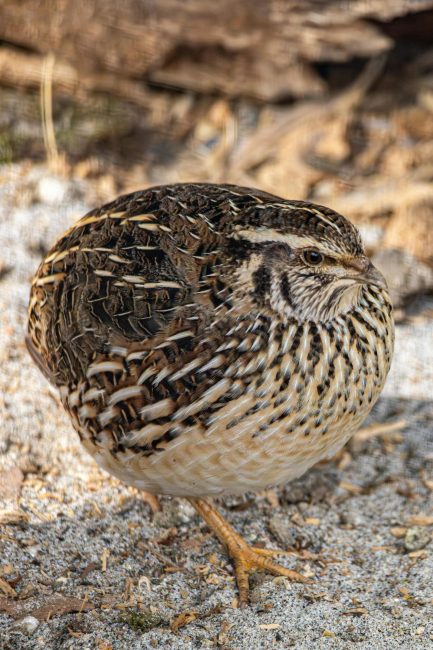
Learning Clinics and Resources: Grow Skills All Year!
Hands-on clinics and helpful tools to build your knowledge and confidence with poultry, from beginner to advanced.
- Hands-on: Attend project workshops as they are scheduled.
- Online: UW-Extension guides, American Poultry Association breed standards, short how-to videos.
- Skillathon/Quiz Bowl: County or state opportunities for poultry knowledge competitions.

Classes
Understand your options before entering birds in the fair.
Breed Classes
Breed Classes: large fowl, bantam, waterfowl, turkeys, pigeons.
Exhibition poultry are judged based on how closely they match the standards for their breed.
- Large Fowl: Standard-sized chickens, such as Rhode Island Reds, Plymouth Rocks, and Orpingtons.
- Bantams: Miniature chickens that come in many varieties, often with unique feathering. Great for youth with limited space.
- Waterfowl: Ducks and geese. Exhibitors learn about species with different care needs and showmanship styles.
- Turkeys: A fun option for youth interested in larger birds; turkeys are judged on breed characteristics and health.
What judges look for: correct size, shape, feather condition, health, and how well the bird represents its breed.
Production Classes: egg layers, trios, egg display contest.
Production Classes
These classes focus on the usefulness of birds as layers rather than their physical appearance.
- Egg Layers: Exhibitors track and show hens based on their laying ability, condition, and productivity.
- Egg Display Contest: Youth enter either six or twelve eggs produced by their flock, judged on cleanliness, uniform size, shell quality, and uniform color.
What judges look for: strong laying traits, health of birds, and quality of eggs presented.
Showmanship: divisions, scoring, what judges look for, practice checklist.
Showmanship focuses on the exhibitor’s knowledge and handling skills rather than the bird itself.
- Divisions: Age levels (typically Junior, Intermediate, and Senior) so youth compete with peers.
- Scoring: Points are awarded for handling, knowledge, appearance of the exhibitor, and how well the bird is presented.
- Practice Checklist:
- Correct way to catch and carry a bird.
- Demonstrating comb, wattles, wings, keel, and vent.
- Answering poultry knowledge questions from the judge.
- Keeping calm and respectful in the ring.
What judges look for: confidence, gentleness with birds, accuracy in identifying body parts and answering questions, and overall presentation.
See below for the official Poultry Showmanship Scoring sheet!
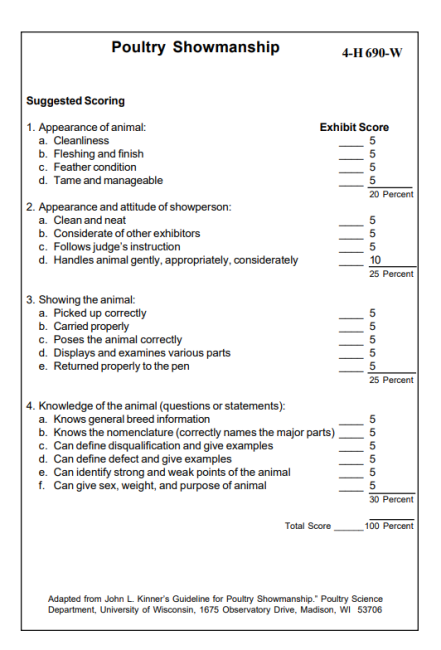
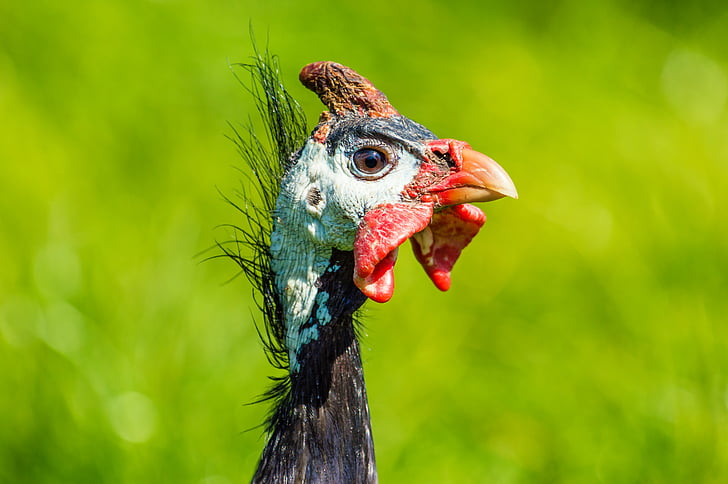
Fair Week Details
Everything you need to know about what to do and how to be ready for show day.
Check-in and Health Check
- When and Where: Birds are checked in at the Poultry Barn on the designated fair check-in days: Wednesday 5pm – 7pm and Thursday 8am – 10 am.
- What Happens: Each bird is inspected for signs of illness or parasites and proof of negative pullorum testing is verified.
Required: Animal Health Form, Premise ID card (or email), and any fair entry paperwork. Birds without proof of pullorum testing, a valid Premise ID, or that fail the health check will not be permitted to enter.
Cage Setup
- Provide clean bedding such as pine shavings or straw.
- Bring your own feeders and waterers — labeled with your family name.
- Add a simple sign or card with the bird’s breed, variety, and exhibitor’s name. Educational posters are encouraged!
- Cages should be kept tidy, with fresh feed and water at all times.
Judging Day
- Schedule: Classes are judged in the order listed in the fair book; be ready when your class is called.
- Attire: Exhibitors should wear neat, clean clothes. Many youth wear a button-up shirt with long pants. For showmanship, a white long-sleeve shirt is recommended. Black or dark-colored pants are often preferred as they help conceal any dirt or droppings. Open-toed shoes, short sleeves, tank tops, and shorts are highly discouraged.
- Handling: Learn how to carry and present your bird properly — calm, confident, and gentle handling is key.
Courtesy: Be respectful to judges, superintendents, and fellow exhibitors; sportsmanship matters.
Care During the Fair
- Feed and water your birds at least twice daily.
- Keep bedding clean by removing droppings and adding fresh shavings as needed.
- Exhibitors are expected to participate in herdsmanship — keeping not just their cages, but the whole barn looking good.
Follow quiet hours and barn rules posted by superintendents.
Public Engagement
- The poultry barn attracts many visitors — be prepared to answer friendly questions about your project.
- Encourage people to look, but remind them not to touch birds for safety and biosecurity.
- Exhibitors can create posters, displays, or fun facts about breeds to share with the public.
Release & Cleanup
- Times: Exhibitors may only remove birds after official release time; early removal is not allowed.
- Cleaning Checklist:
- Remove bedding and dispose of it in designated areas.
- Take down signs and posters.
- Clean cages so the barn is ready for the next use.
- Pack and sanitize your feeders, waterers, and carriers.
Tip: Keep a small “fair kit” with feed, bedding, cleaning tools, and extra leg bands so you’re prepared for the whole week.
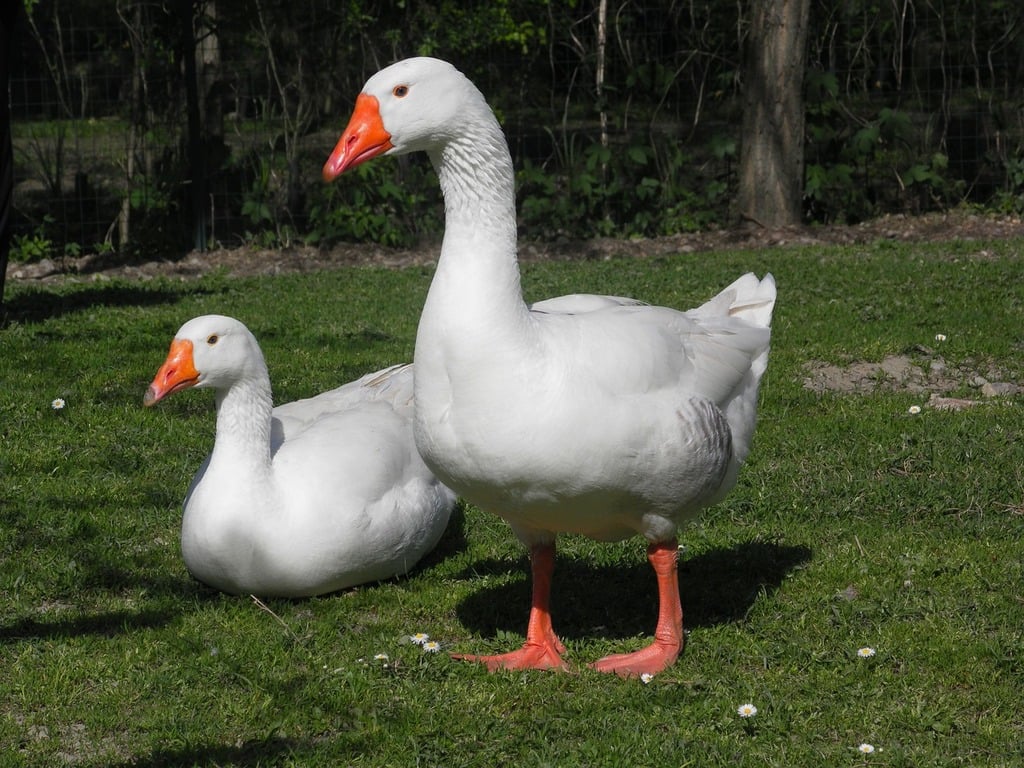
Safety and Biosecurity
Simple practices that matter.
Handwashing and Salmonella Prevention
- Always wash your hands with soap and warm water after handling birds, eggs, or equipment.
- Remind younger children not to kiss or snuggle birds close to their faces.
Use hand sanitizer when soap and water aren’t available — especially at the fair.
Footbath and Clothing Tips
- Wear dedicated shoes or boots when caring for your flock; don’t track germs between barns.
- If visiting another exhibitor’s flock, wear clean clothes and wash footwear before returning to your birds.
- At the fair, keep a pair of “barn shoes” separate from your home shoes.
Quarantine after purchase or shows. Quarantine After Purchase or Shows
- New birds should be kept in a separate area for at least 30 days before being introduced to your main flock.
- After the fair, quarantine show birds before returning them to your home flock.
- Watch closely for signs of illness like coughing, diarrhea, or lack of energy during this period.
When to Keep a Bird Home
- Do not bring birds that are coughing, sneezing, have diarrhea, or look weak or droopy.
- If illness shows up during the fair, notify the Poultry Superintendent immediately.
- Birds that do not pass health checks will not be allowed in the barn to protect others.
Frequently Asked Questions
Here, you’ll find answers to common questions about the poultry project. If you have additional questions, please don’t hesitate to contact us.
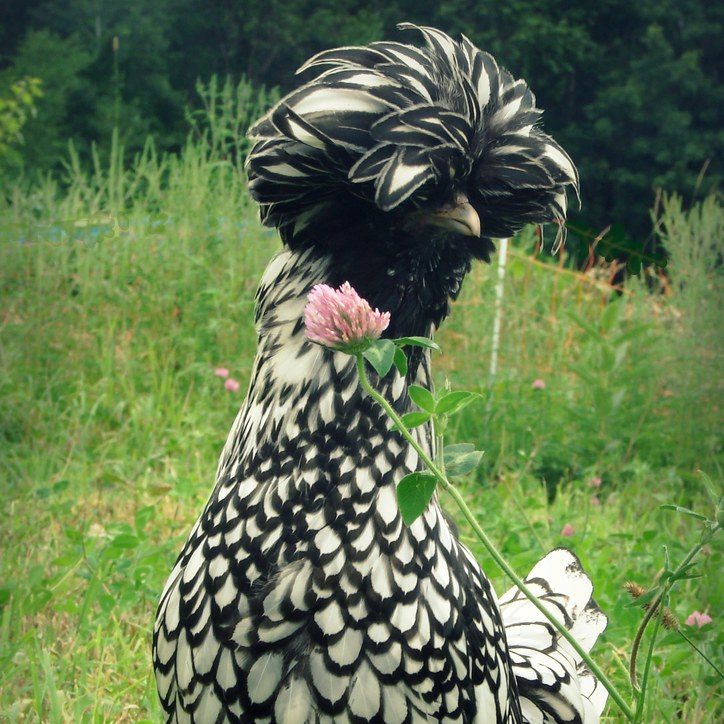
How many birds should we start with?
For first-year families, starting with 3–6 birds is plenty. This gives youth enough experience with care and recordkeeping without being overwhelming. If you’re planning to enter a market pen, start with a few extras so you can choose the best birds for the show.
What if our bird gets sick before fair?
Do not bring sick birds to the fair. Contact the Poultry Superintendent for guidance if you’re unsure. Sometimes substitutions can be made if you have other healthy birds at home, but the priority is protecting the health of all flocks.
Do we need pullorum testing for all birds that go to the fair?
All poultry 4 months of age and older must be tested, except for waterfowl (ducks and geese). Birds younger than 4 months do not need testing but must still meet fair health requirements. Testing is offered in July, or you can arrange private testing with a certified tester.
What should my child wear for showmanship?
Attire: For showmanship, a white long-sleeve shirt is recommended. Black or dark-colored pants are often preferred as they help conceal any dirt or droppings. Open-toed shoes, short sleeves, tank tops, and shorts are highly discouraged.
Can one bird be entered in both production and showmanship?
Yes — as long as the bird fits the requirements of both classes. For example, a laying hen can be used in production classes and also be shown in showmanship. Keep in mind that showmanship birds should be well-handled and easy to work with.
Where do we find affordable cages and supplies?
Check local farm supply stores, fair superintendents, or online poultry suppliers. Many families also share or sell used cages, feeders, and waterers. Facebook Marketplace and Craigslist are also good places to look. Ask your club leader too, they often know where to find secondhand equipment.
At the fair, cages are provided for all poultry except pigeons.
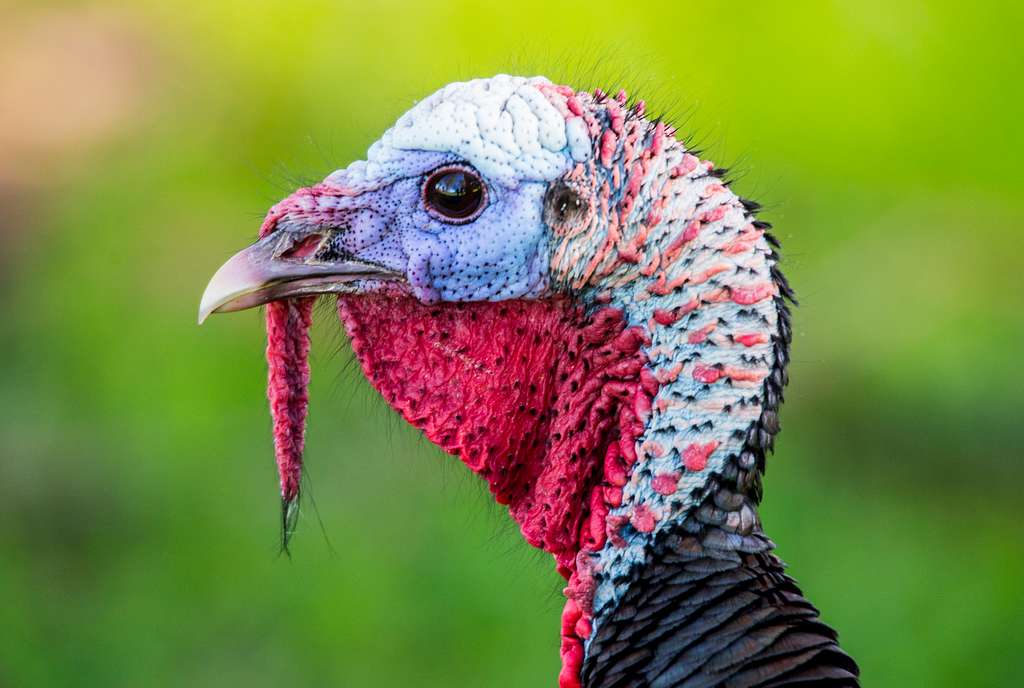
Contacts
Questions are always welcome.
- 4-H Volunteer and Barron County Fair Poultry Superintendent: Jen Schill – 715.645.2137
- 4-H Volunteer and Barron County Fair Poultry Superintendent: Beth Moen
- 4-H Volunteer and Barron County Fair Poultry Superintendent: Ann Krance

